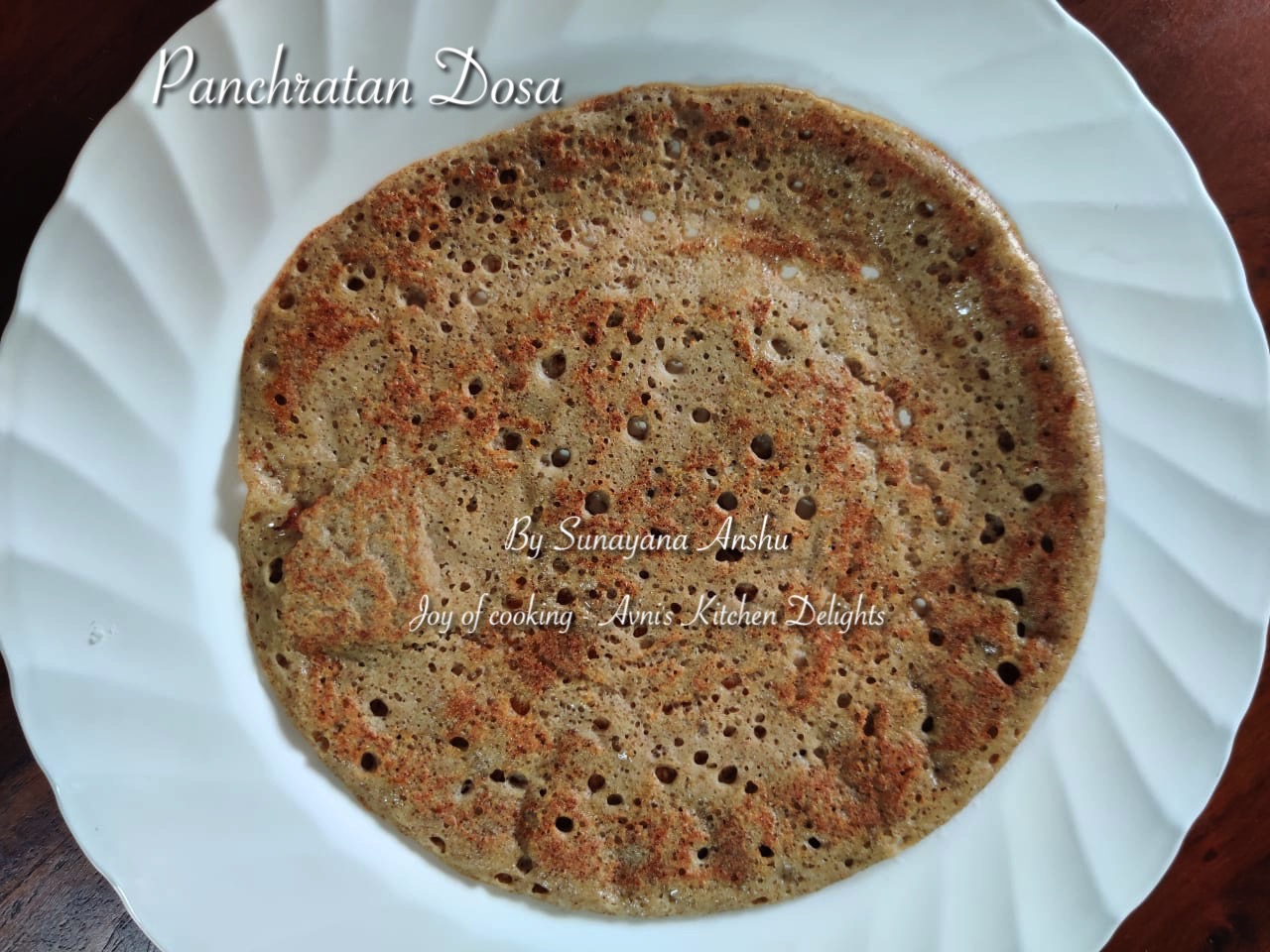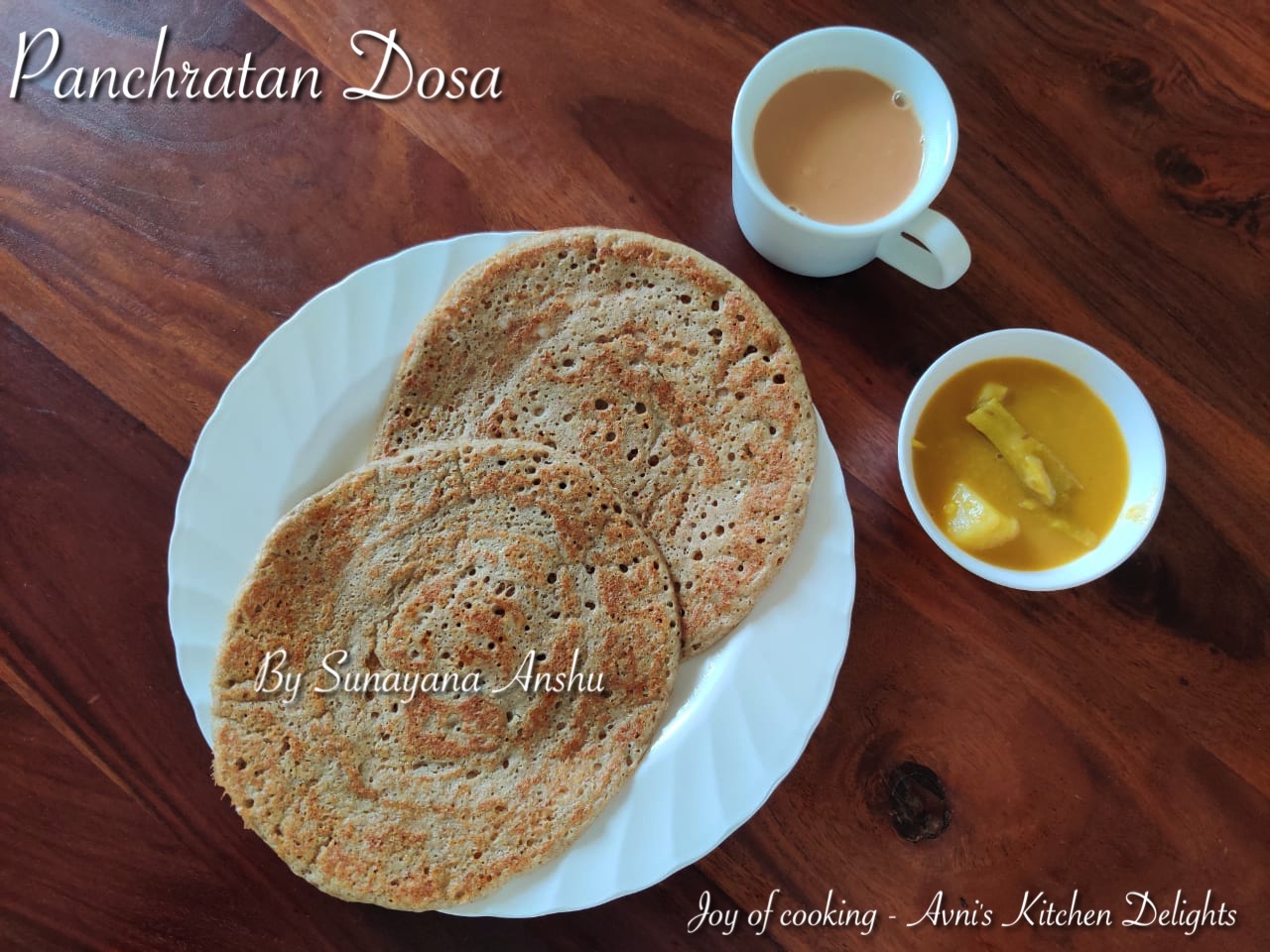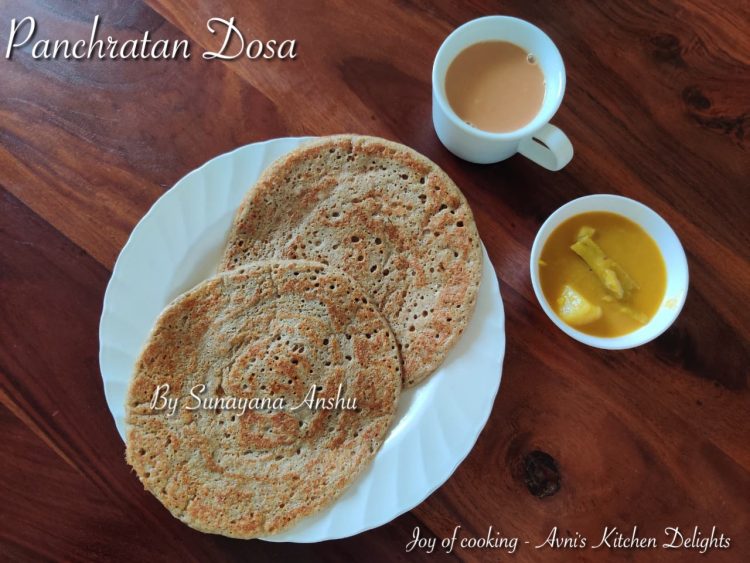Today we are going to learn to make a dosa without rice and with only lentils. This dosa is protein packed and good for those looking for weight loss options.
As we all know, dosas are a typical South Indian staple food, consisting of crispy, savoury pancakes made from fermented rice and lentils, accompanied with sides such as sambar (a tangy lentil soup with vegetables) and various kinds of chutney. There are various types of dosas depending on the types and number of lentils used, the thickness of the dosa and ingredients used, the style and flavour and other factors.
Lentils are the most nutritious and integral part of Indian food culture. Lentils are known as Dhanya in Konkani language. In regular dosa, we just use one type of lentil, commonly, Urad dal. When we use multiple lentils, say five types of lentils and prepare dosa what we get is a drool worthy Mixed Lentils or Mixed Dal Dosa known as Panchratan Dosa or Panchdhanya Dosa (Panch means Five and Dhanya means lentils in Konkani). This is a royal category of dosa due to highly nutritious ingredients used and has got a rich and agreeable flavour. Intake of these grains has excellent health benefits.
We can prepare Mixed Lentils dosas using any combination of lentils. I have used the following five lentils to prepare Panchratan dosa. I have mentioned their Hindi names as well along with benefits they give.
(1) Moth Beans (Matki)
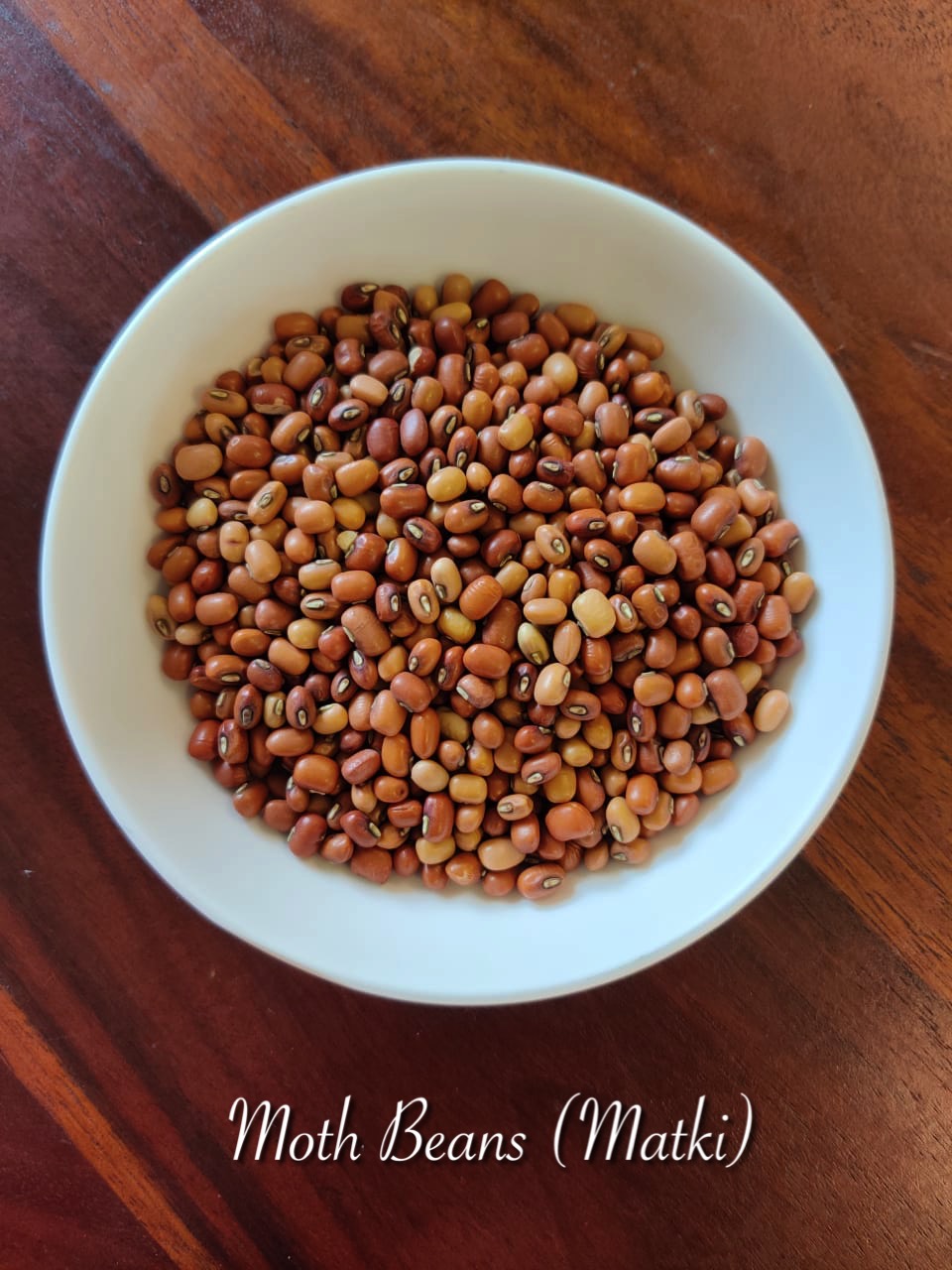
Moth Beans are an instant source of energy, with a high calcium and phosphorus content.
(2) Whole Green Moong Dal

Rich in Potassium, Magnesium and Fiber, it helps in reducing hypertension and reduce the risk of heart diseases.
It lowers “Bad” LDL Cholesterol Levels, reducing Heart Disease Risk.
It is rich in folate, folic acid or Vitamin B9. Folate is important for pregnant women. Before trying to conceive, women should start having food rich in folate. Folic acid deficiency during pregnancy can cause neural tube defect in the growing baby.
(3) Black Chickpeas (Kala Chana)

It is naturally low in fat, high in dietary fibre and rich in vitamins and minerals. It is high in protein, and has a low glycemic index. As a result it helps control weight.
As a rich source of iron, kala chana can prevent anaemia and boost your energy levels. This is particularly beneficial for pregnant and lactating women as well as growing children. Iron plays an important role in the formation of haemoglobin which helps transport oxygen from the lungs to all body cells.
(4) Whole Wheat (Gehu)

Whole Wheat deliver a variety of health benefits. If eaten regularly and then they replace the refined grains in the diet, they reduce risk of heart disease, type 2 diabetes and obesity.
High fiber foods like whole grains also significantly improve your digestive health, though people with gluten intolerance must avoid Wheat.
(5) Split and Skinless Black gram Lentils (Urad Dal)
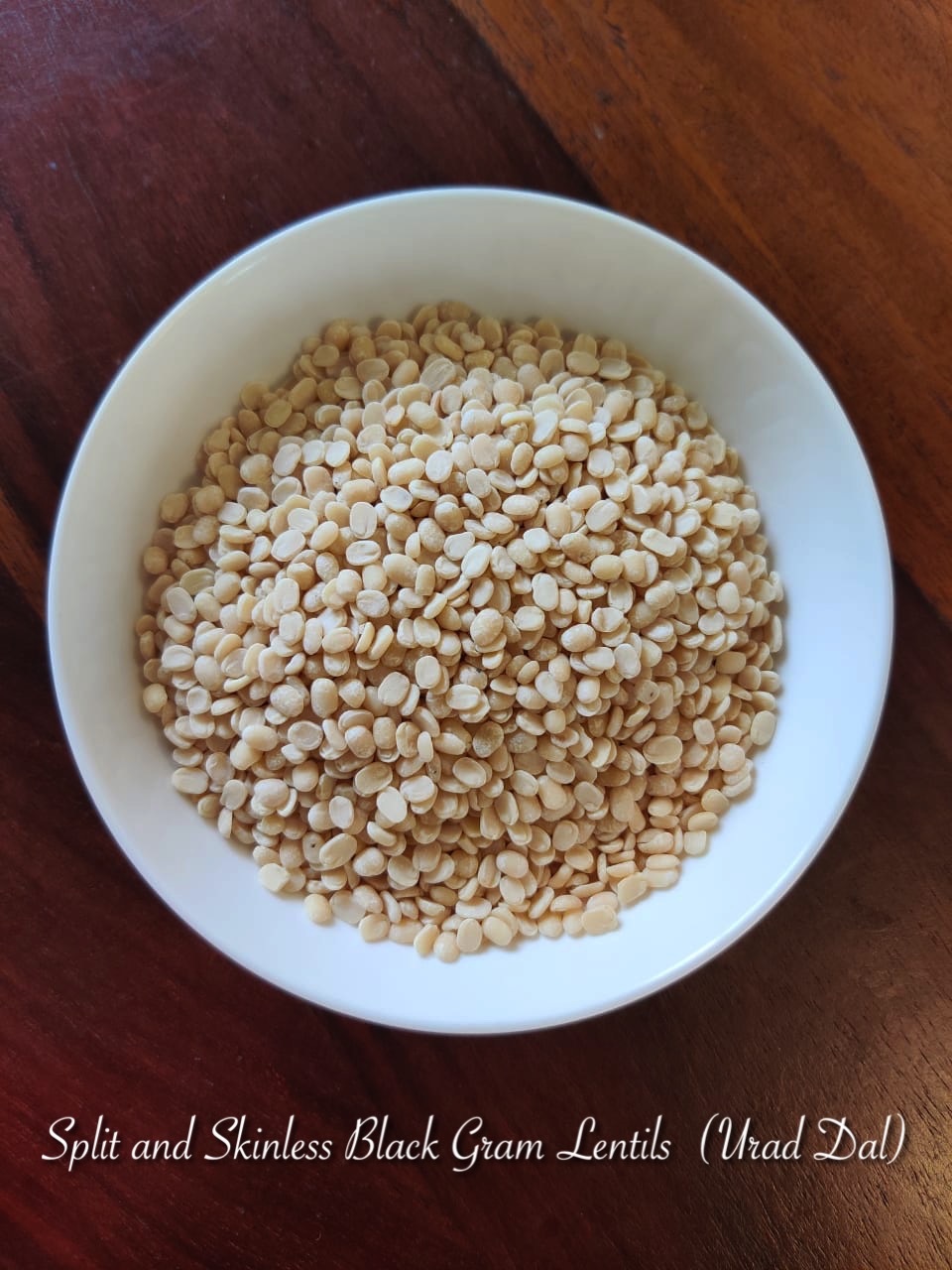
It is one of the popular lentils used in Southern part of India for cooking variety of dishes.
Urad Dal is a rich source of Protein, Calcium, Iron, Folate, Magnesium, Potassium , which makes it a very useful food item for women, especially the pregnant women.
It boosts energy, helps to manage diabetes, protects the heart (being rich in potassium and magnesium), keeps the bones, skin and hair healthy.
Urad dal boosts the uric acid levels in our body. Therefore, people suffering from kidney stones and gallstones, should consume urad in moderation. It is always better to consult your doctor or nutritionist.
It is used to make papad, dosa, idlis and vada.
Additional ingredients :
(1) Fenugreek seeds (Methi Dana)
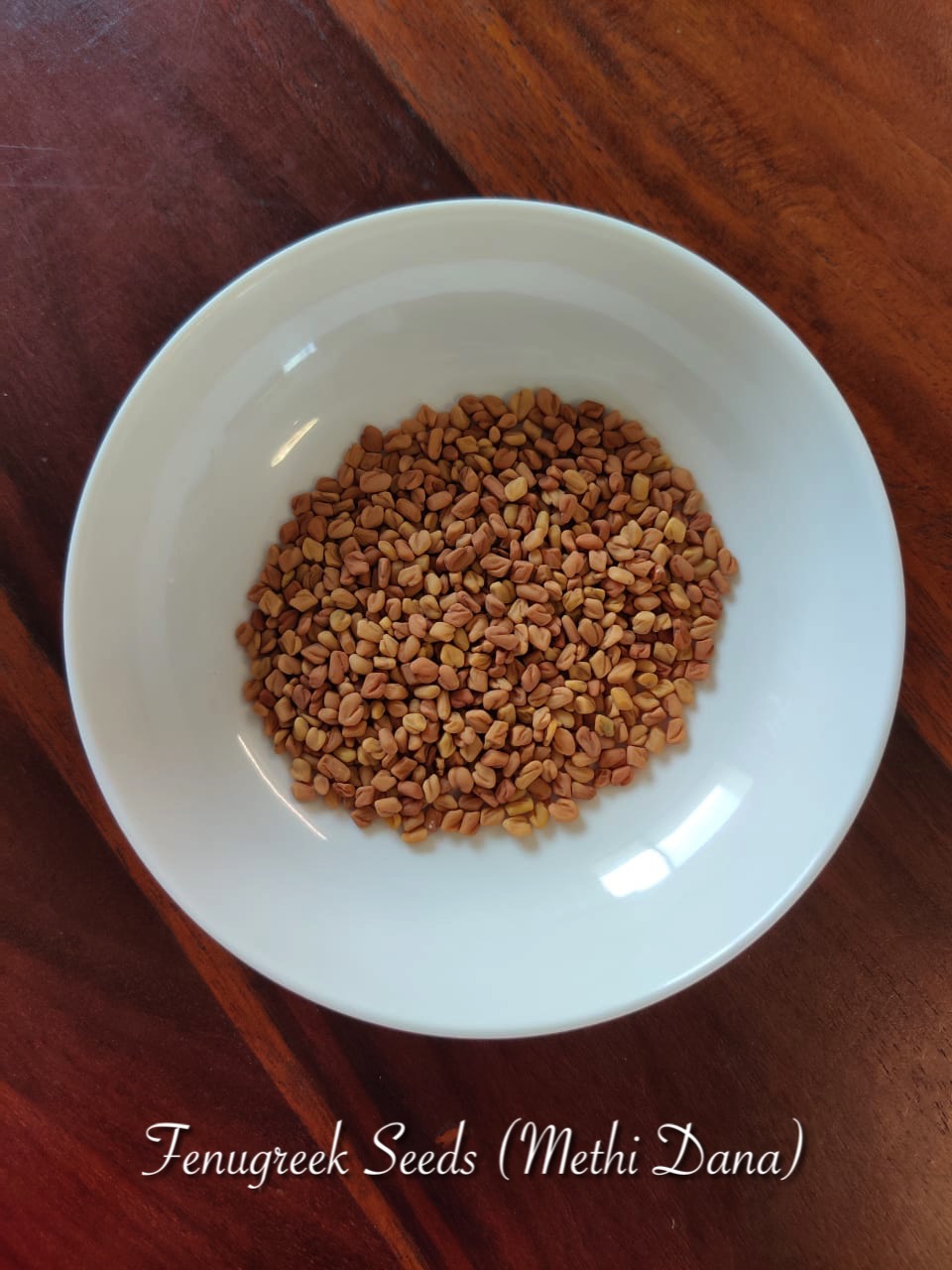
(2) Flaxseeds
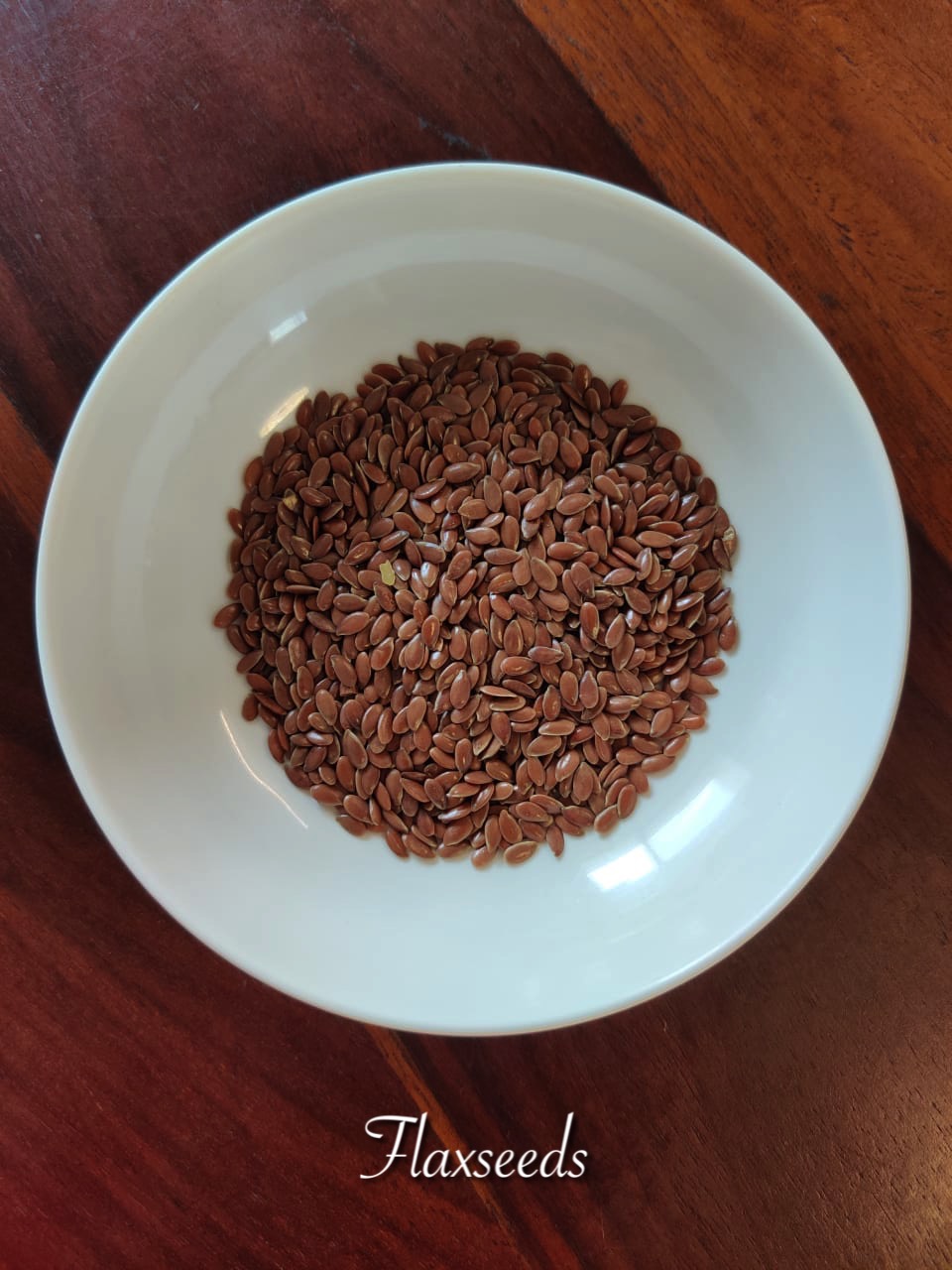
Now that we got to know about the lentils and additional ingredients, here is a list of ingredients used.
INGREDIENTS :
(1) 75 grams of Moth Beans (Matki)
(2) 75 grams of Whole Green Gram (Green Moong Dal)
(3) 75 grams of Black Chickpeas (Kala Chana)
(4) 75 grams of Whole Wheat (Gehu)
(5) 75 grams of Split and Skinless Black Gram Lentils (Urad Dal)
(6) 10 grams or 1 teaspoon of Fenugreek seeds / Methi dana
(7) 10 grams or 1 teaspoon of Flaxseeds (Optional)
(8) 500 ml of water while grinding
(9) Salt as required
PREPARATION:
SOAKING :
(1) Take all the 5 types of lentils / grains along with fenugreek seeds and flaxseeds in a utensil.
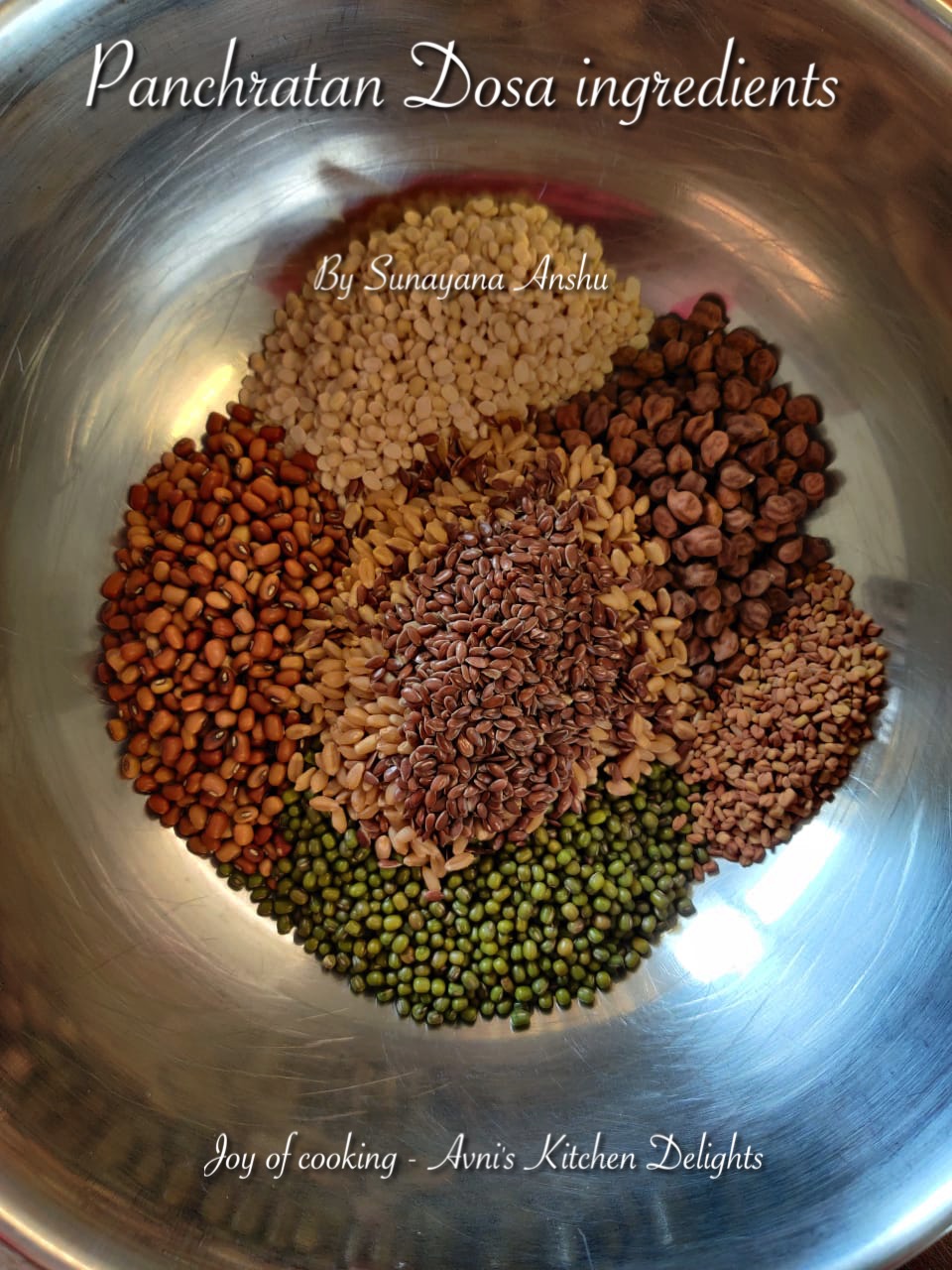
Wash them thoroughly under tap water and rinse well to remove the dirt, dust and germs.

Once washed well, fill water in the utensil to soak the lentils.

(2) Soak them for 8-10 hours.
(3) After 8-10 hours of soaking, I personally prefer to discard the soaking liquid. You will lose some desirable nutrients and dark pigment, but you will also decrease flatulence and potency of anti-nutrients found in the grains.
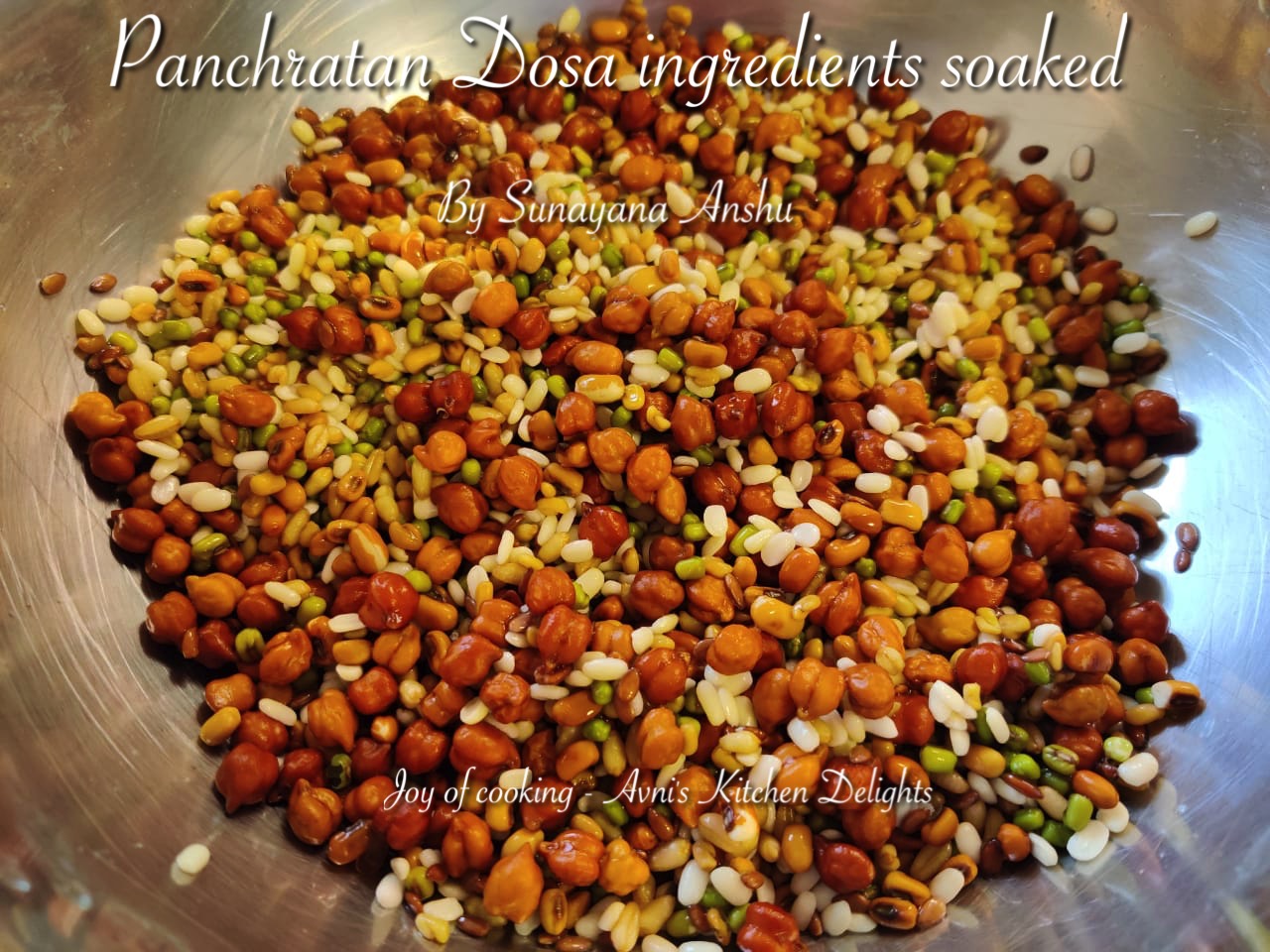
METHOD :
PREPARING BATTER
(1) Now, take all the soaked lentils in a grinding jar of the mixer grinder to grind them. In case, the quantity is more and does not fit in the jar, then you can grind in two or more batches.

(2) Grind the lentils to form a fine paste. While grinding the lentils, add only 100 ml of water first. Do not add too much of water at once. If there is difficulty grinding, only then add more water.
I have added a total of 500 ml of water for grinding all the lentils in two batches. I prefer adding required amount of salt during grinding itself. So, add salt as per taste.
Here is the picture of the batter in the grinding jar.


(3) Collect the batter in a sufficiently large utensil from the grinding jar. This is because, due to the presence of Urad dal the batter will ferment. Although this dosa can be fried without fermenting. When the batter ferments, it rises and so we need that space in the utensil to allow the batter to rise and not overflow from the utensil.
(4) Here is the picture of the batter after grinding.
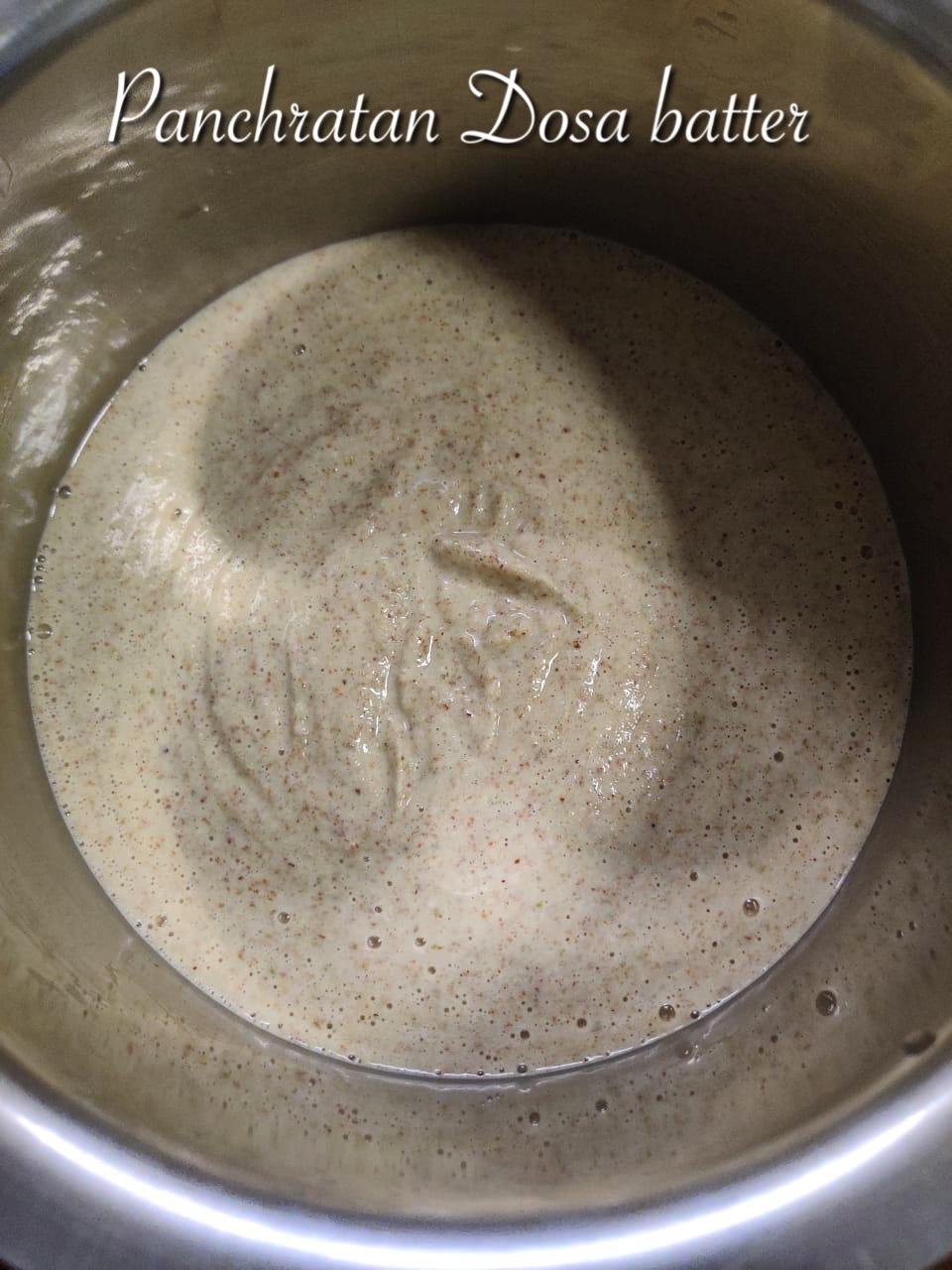
Here is the video showing the batter consistency.
FRYING THE DOSA
Once the batter is ready, you need not wait more for fermenting, you can start making the dosa in the dosa frying pan. If you wait for more than 4 hours, the batter will start being sour and the dosa will be slightly sour if you are late to fry it. I would suggest within 4 hours of preparing the batter start frying the dosa.
(1) Heat a dosa frying pan on a low to medium flame. Grease the pan with some oil with the help of a basting brush. Don’t grease with too much oil, use as much as is barely visible on the pan.

(2) Pour some batter with the help of a ladle on the pan and spread it in a sweeping circular motion with the back of the ladle, until it fills the pan to form a round shaped dosa. The dosa develops tiny holes as you spread the batter and that is completely normal.



(3) Cover with a lid and allow it to cook for a minute on the surface that touches the pan.

(4) Open the lid after a minute and drizzle with some oil and flip the dosa with the help of a spatula. Allow it to cook on another side for a minute.

(5) Flip the dosa again. Both the sides of the dosa are now cooked.
(6) The dosa is ready and served on a serving plate accompanied with sambar and chutney or with any vegetable sagu (Side dish).
